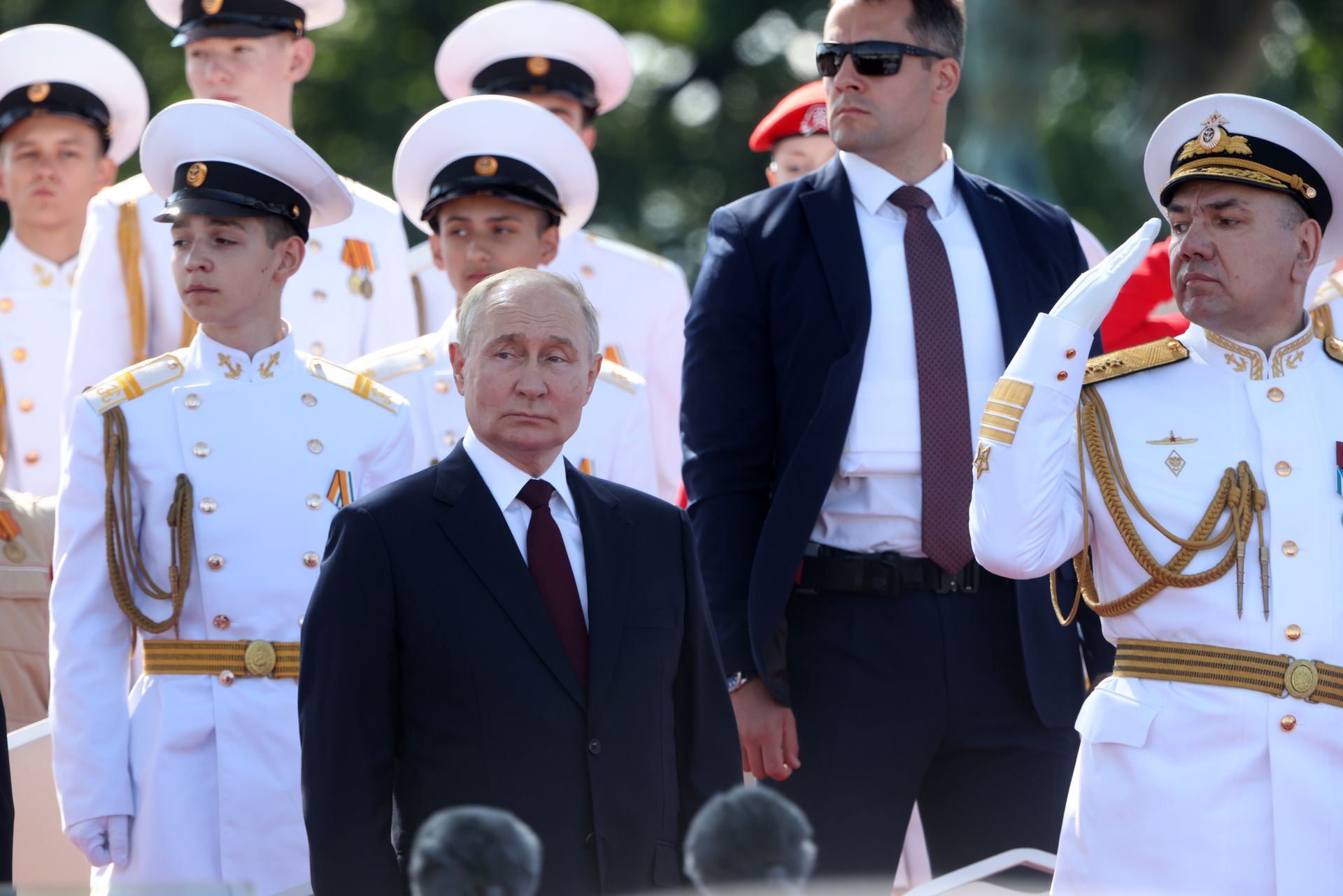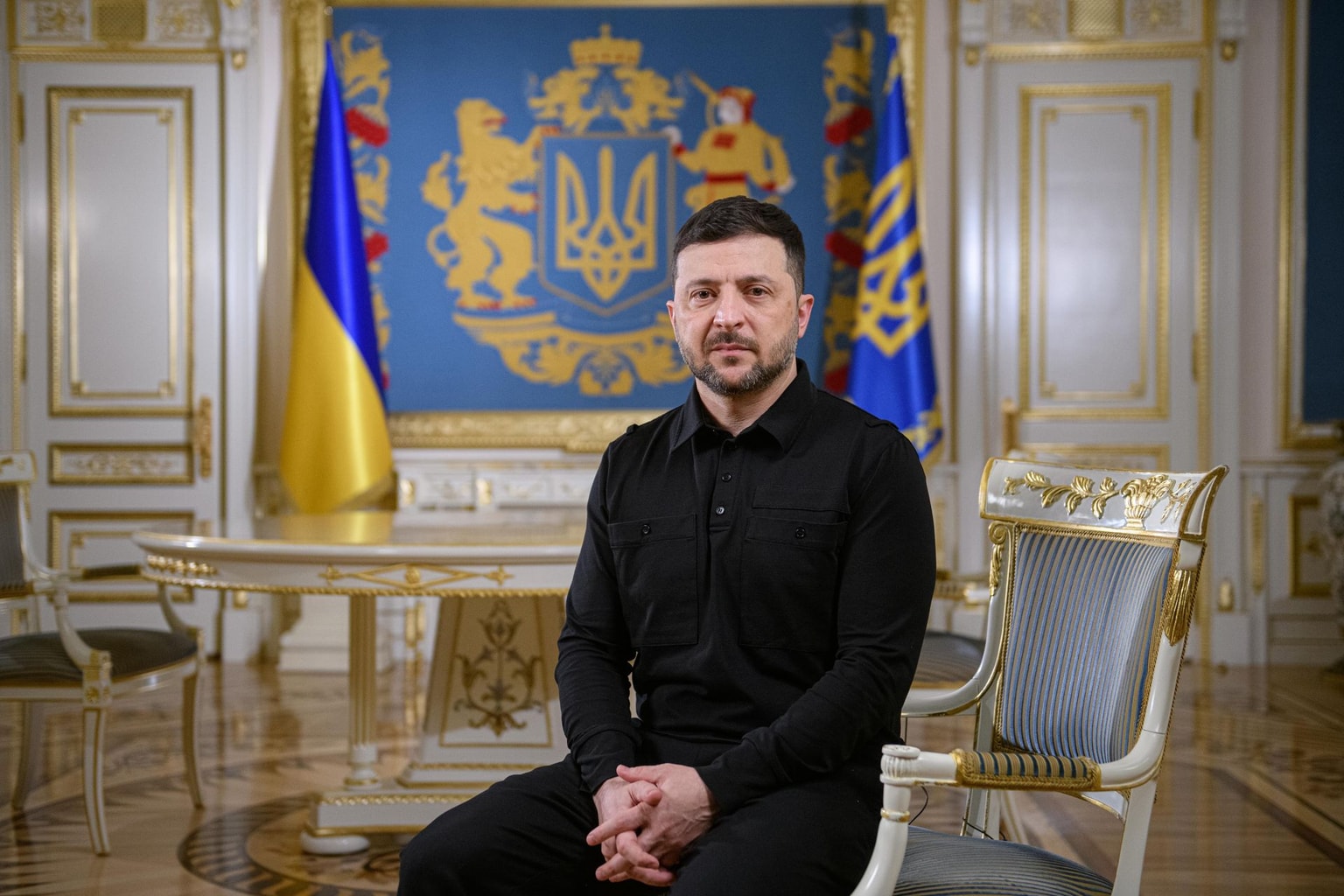Russia depletes Soviet arms, heavily relies on foreign supplies for Ukraine war, analysis suggests

Russia has significantly depleted its extensive stockpiles of Soviet-era weaponry since its full-scale invasion of Ukraine, with the flow of military goods from storage facilities to the front lines now returning to pre-2022 levels, according to a new analysis of logistics data by the Kyiv School of Economics (KSE) Institute.
According to the KSE Institute's findings, shipments originating near Russia’s primary storage fields are projected to fall from a peak of 242,000 tons in 2022 to 119,000 tons in 2025.
"Russia is now sending less materiel for refurbishment and repair than we know the repair stations can handle. The better quality and easily-restored equipment would have been the first to be moved," Pavlo Shkurenko, an analyst at the KSE Institute, told the Financial Times (FT).
Since 2022, Russia has actively sought to refit mothballed equipment for deployment to the front lines. This includes a large number of T-72 and T-80 tanks, originally produced in the 1970s, which have been observed in Ukraine. Even some T-54 tanks, which began production in the late 1940s, have reportedly seen combat.
Some military analysts, however, advise against interpreting the reduced front-line deliveries of armored vehicles as a definitive sign that Russian forces are "losing combat effectiveness," according to FT. These experts point out that Russia’s battlefield tactics have adapted to employ fewer such vehicles, and additionally, they observe that "the Russian armed forces are also spending heavily to build up new stocks."
The KSE analysis also points to Russia's increasing reliance on its Asian allies as its domestic resources have dwindled. Russia's defense industry now depends on supplies from China, while its military receives the majority of its ammunition from North Korea.
By weight, approximately 52 percent of shipments labeled as "explosive materials" to Russia’s arsenals in 2024 originated from Nakhodka, a port region on the Sea of Japan used by North Korea. Shipments from this area surged from zero prior to the war to 250,000 tonnes by 2024.
The KSE’s analysis aligns with the assessment of Kyrylo Budanov, Ukraine’s military intelligence chief, who said this month that North Korea supplied 40% of Russia’s ammunition. Additionally, Russia plans to spend around $1.1 trillion on rearmament over the next 11 years in preparation for a potential large-scale war, according to Budanov.
A South Korean intelligence assessment similarly suggested North Korea had sent 28,000 containers to Russia, and Pyongyang is also known to have provided ballistic missiles, howitzers, and even troops to Russia.
The KSE analysis additionally identified around 13,000 tons of explosive material likely sourced from Iran, based on their entry points into the logistics chain near the Caspian Sea.












